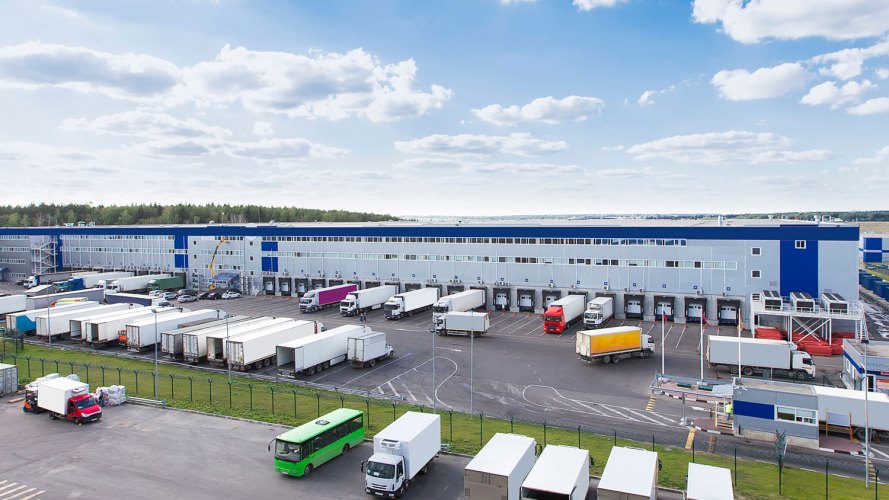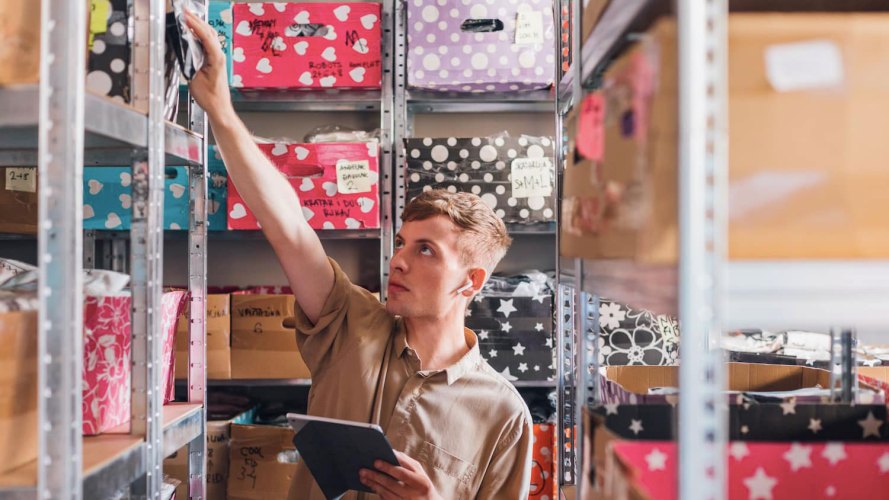Your Net Zero Initiative Needs a Supply Chain Strategy



Your customers, employees and partners have new expectations that you are transparent in reporting and engaging in values-driven work.

Patrick Flynn
Climate change is without a doubt, the most complex challenge humans have ever faced. And now that the U.S. Supreme Court has restricted the Environmental Protection Agency’s ability to regulate the carbon emissions that cause climate change, businesses are the next best line of defense to mitigate the crisis.
Businesses have the scale and resources to make a major impact on global warming, but often overlook a big culprit of carbon emissions – the supply chain, where 80% to 90% of environmental and social footprint lies in most industries.
As a result, it’s become increasingly clear that supply chain professionals play a major role in driving the strategy and execution of sustainability initiatives. Climate action is inseparable from collaboration – companies need to work together with their suppliers and customers. Integrating net zero into all aspects of a company’s value chain is going to bring the next wave of decarbonization and progress towards net zero emissions.
Employees, customers, and partners have new expectations that companies are providing transparency in their reporting and engaging in values-driven work. Business leaders are listening. According to an April 2022 Gartner survey of business leaders, 9% of respondents cited environmental issues as a top three priority, good for ninth place. It’s the first time the category has ever cracked the top ten.
However, while more companies are prioritizing sustainability, accurately measuring, monitoring, and reporting carbon emissions remains a challenge. Without the right tools, tracking emissions data within the supply chain is particularly difficult.
Companies want solutions to bring together carbon emissions data from energy usage, company travel, purchased goods, and more in a single platform to inform not only reporting but also strategic decision-making when building sustainable supplier relationships.
To reduce climate emissions, companies can integrate a supply chain strategy into its sustainability initiatives. The best way to do that? Ask yourself – do all of your suppliers know that climate action is important to you? At Salesforce, we aim to be the customer that all our suppliers think of first when it comes to calling for bold climate action.
Net zero at every stage of procurement
When developing supplier relationships, net zero needs to be embedded as a priority within every step of the procurement process. This is how companies lower Scope 3 emissions, another name for those emissions that happen upstream and downstream of a company, like from purchased goods and business travel.
“We can’t just count spend, we have to truly count impact,” said EVP, Chief Procurement Officer at Salesforce Craig Cuffie. “It’s a business imperative to integrate sustainability into our decision-making, and it’s a risk to companies who don’t protect their businesses against future shocks coming from climate change.”
Beginning with the request for proposal, ask suppliers to commit to climate targets. Take Salesforce’s Sustainability Exhibit for example. We ask suppliers to set science-based targets for reducing carbon emissions to align with the 1.5-degrees target (just as Salesforce has done), mandate emissions reporting, and deliver their products on a carbon-neutral basis. It’s all about working with suppliers and finding the right sustainable path forward together, prioritizing data-driven climate action. Collaboration at scale is critical to keep global temperatures below 1.5 degrees Celsius compared to pre-industrial levels to avoid increased catastrophic natural disasters.
As Marian Macindoe, head of Environment, Sustainability, and Governance (ESG) and engagement at Uber, put it, “If you don’t take care of the environment, if you don’t take care of people, particularly the natural and human capital of which your business relies on — in our case, platform users, drivers, restaurants, and cities — Uber’s business would not be successful in the long term.”
Uber’s strategy is about “integrating sustainability principles into decision making,” Macindoe said.
How you can drive sustainability into your supply chain
The supply chain accounts for up to 90% of environmental footprint. Learn how you can partner with legal, sourcing and procurement to advocate for sustainability at your company, and hear from companies already making strides.



Consider alliances and the entire supply chain
It’s also important to consider developing new alliances and analyzing your business’s sustainability impact all the way down your supply chain from suppliers to sold products.
Sustainability is a core value for MillerKnoll (formerly, Herman Miller). The office and home furniture producer transformed its supplier relationships to build a more sustainable future.
“It’s really important to engage our suppliers as a manufacturing company and also a retail company,” said Gabe Wing, director of sustainability. “Depending on which side of the business you’re looking at, our suppliers account for somewhere between roughly 10-20 times the environmental impact that we create in the four walls of MillerKnoll. So having that focus on our supply chain is really, really important.”
MillerKnoll is creating an even larger impact on climate change by building new sustainable partnerships. After being invited by its customer Dell, MillerKnoll joined NextWave Plastics, an organization of multinational companies developing the first global network of ocean-bound plastics supply chains.
NextWave Plastics and its members are building an entire economy around decreasing plastic litter in the ocean through strategic alliances and collaboration across industries.
Data drives clarity and transparency in sustainable supplier relationships
It’s time to get aggressive with climate action. Having a single platform where all supply chain emissions data is tracked can provide clarity on what changes need to be made to achieve carbon neutrality and transparency with customers, employees, and stakeholders through sustainable supplier relationships. For every goal post you set, determine your metrics and measure that success. Showing progress will be a great way to keep the momentum and change going.
Marriott understands the growing demand from consumers to see companies prioritize sustainability and be more transparent about its impact.
The company was able to analyze customer data feedback and develop a strategy to integrate sustainability into its operations. Denise Naguib, vice president, sustainability and supplier diversity shared, “Sustainability is at the core of Marriott when it comes to the travel journey of our guests, from the experiences we create to the products we provide, to the bedding in their rooms — our most progressive guests want to know their carbon footprint when traveling with us.”
Marriott also knows sustainability should start with the supplier relationship. “As companies are setting ambitious goals on climate, it’s key to work with customers and suppliers to reach meaningful climate solutions together — we’re excited to be partnering with Salesforce on this journey,” Naguib said.
Creating digital portals for data collection and using estimation tools like the Scope 3 Hub makes it easier to get impactful data from customers and suppliers.
Building net zero into the supply chain is one of the most effective ways to reduce carbon emissions and meet aggressive carbon reduction targets.
Get started by having a conversation with suppliers on how to commit to sustainable business practices and measure the impact together.
You can get to net zero faster
You can transform your supply chain carbon accounting from a months long process full of incomplete data and complex spreadsheets into a single day task. Net Zero Cloud tracks emissions and helps you take action faster.


























